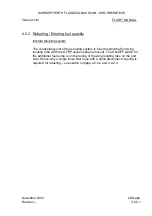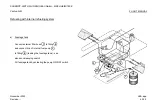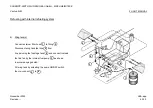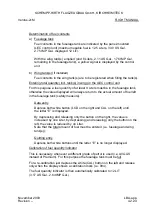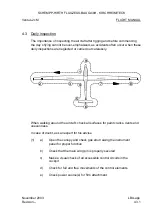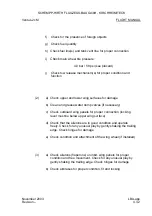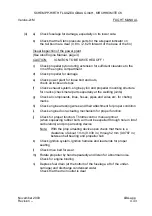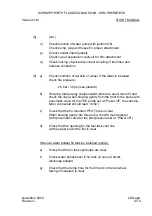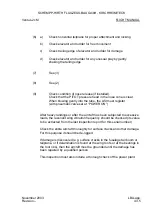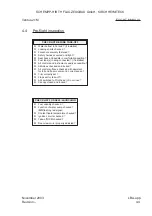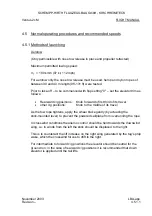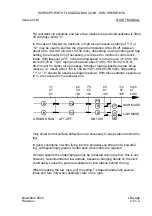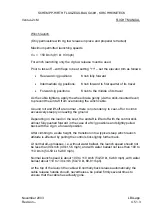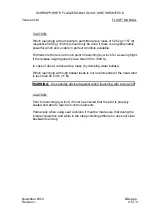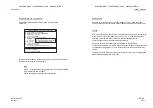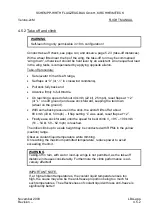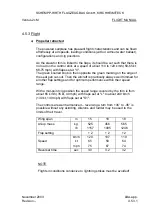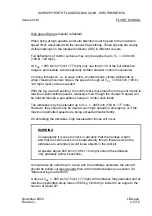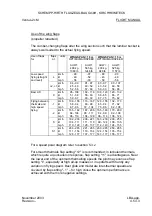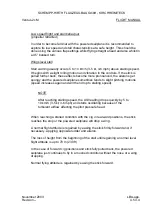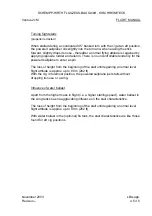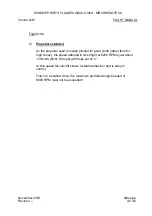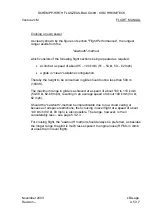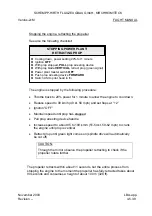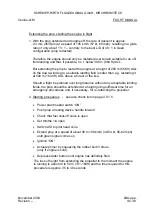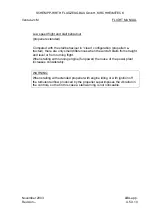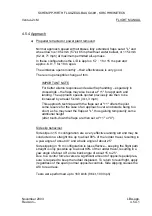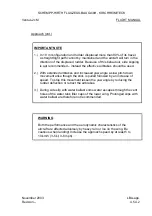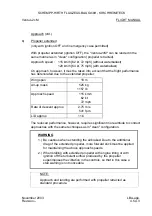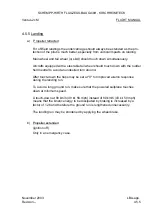
SCHEMPP-HIRTH FLUGZEUGBAU GmbH., KIRCHHEIM/TECK
Ventus-2cM
Engine starting, run-up and taxiing
Apply wheel brake and proceed as shown in the following
check list:
Release starter button as soon as engine has definitely fired and adjust
throttle such that engine runs smoothly.
Note:
Should - after repeated starting attempts – the engine be flooded,
open throttle fully and try again.
Should the engine fail to start, clean spark plugs.
November 2003
Revision
--
O
Prime only
ONCE
and
O
Leave throttle
1/4 OPEN
O
Power plant master switch
ON
O
PUSH
prop arresting device
FORWARD
O
OPEN
fuel shut-off valve
O
Set throttle
1/4 OPEN
O
Switch ASI to pitot head in nose cone
O
EXTEND
prop
(green signal)
O
Ignition
ON
O
Depress starter button
O
Actuate primer
3 times
(by squeezing rubber bulb) if engine is cold
PROP EXTENSION / STARTING PROCEDURE
ON THE GROUND:
O
Apply wheel brake, pull stick back
O
Check that propeller is clear
Should engine die after first ignition:
SCHEMPP-HIRTH FLUGZEUGBAU GmbH., KIRCHHEIM/TECK
FLIGHT MANUAL
Engine run-up
Advance to full throttle prior to or during the take-off run – make sure that
engine reaches a minimum speed of about 5600 to 5800 RPM and runs sound.
Taxiing
With a wheel fitted near the tip of the wing (available as an option), taxiing “wing
down” is easily conducted (flaps to be set at “0” or “-1”), otherwise a helper is
required. A steerable tail wheel (fitted on request) facilitates taxiing.
For taxiing the control stick should be kept fully back.
The brake lever on the control stick is actuated with the right hand.
For taxiing “wing down” it is recommended to conduct larger directional changes
such that the dragging wing is on the inside of the turn, thus achieving a tight
radius.
Turning very tightly is also possible by deflecting the rudder, gently applying the
wheel brake and advancing the throttle.
LBA-app.
4.5.1.5
Содержание Ventus-2cM
Страница 11: ......

